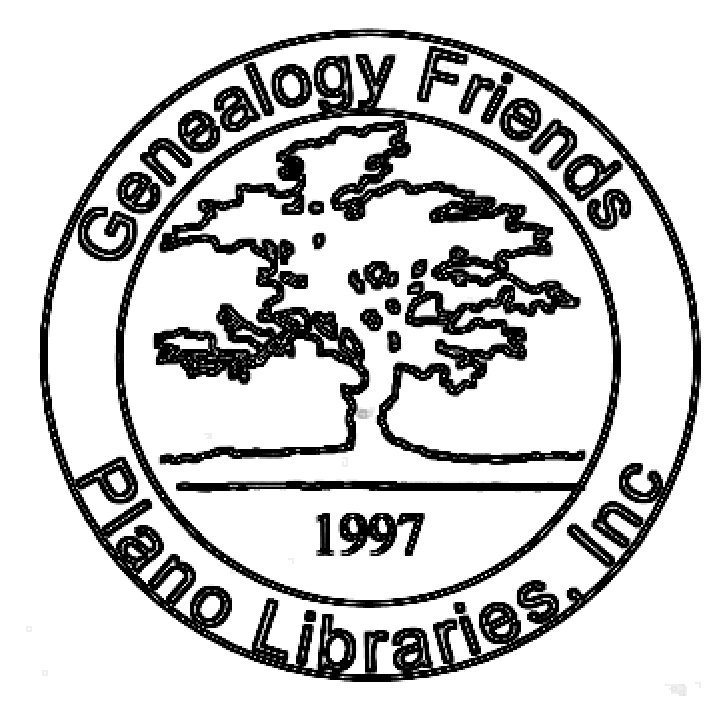FIRST NATIONAL BANK OF
FARMERSVILLE
Historical marker, 1996.
FIRST NATIONAL BANK OF FARMERSVILLE
NAMED FOR THE OCCUPATION OF MANY OF ITS CITIZENS
THE TOWN OF FARMERSVILLE WAS FOUNDED IN THE MID-
1850S. A PRIVATE BANK, THE EXCHANGE BANK WAS ESTAB-
LISHED IN 1885, AND HOUSED IN THE REAR OF THE ASTON
BROTHERS STORE. A NATIONAL BANK CHARTER WAS OBTAINED
ON JANUARY 17, 1887, AND THE EXCHANGE BANK MERGED
WITH THE FIRST NATIONAL BANK OF FARMERSVILLE. PIONEER
DOCTOR A. H. NEATHERY SERVED AS THE FIRST PRESIDENT.
THE BANK BUILDING, THEN LOCATED AT 119 S. MAIN STREET,
WAS DESTROYED BY FIRE IN 1905 BUT IT WAS REBUILT.
THE FIRST NATIONAL BANK ABSORBED THE FARMERSVILLE
NATIONAL BANK IN 1929. IN 1933 THE FIRST NATIONAL BANK
OF NEVADA, FROM THE SMALL TOWN OF NEVADA SOUTH OF
HERE, WAS ALSO ABSORBED. DESPITE EXPERIENCING HEAVY
LOSSES AND UNDERGOING TWO REORGANIZATIONS DURING THE
DEPRESSION OF THE 1930S, THE BANK NEVER FAILED AND
ITS CUSTOMERS SUFFERED NO INTERRUPTION OF SERVICES.
THE BANK MOVED TO ITS PRESENT LOCATION IN 1970, AND
EXPANDED THE BUILDING IN 1979. THE BANK CONVERTED TO
A STATE BANK CHARTER IN 1986, AND CHANGED THE NAME TO
THE FIRST BANK AT FARMERSVILLE. THE BANK, ONE OF THE 20
OLDEST INDEPENDENT BANKS IN TEXAS, HAS SERVED FARMERS-
VILLE AND THE SURROUNDING COMMUNITIES CONTINUOUSLY
FOR MORE THAN 110 YEARS.
HISTORY OF FIRST BANK FARMERSVILLE, TEXAS
Historical marker application.
John Yeary was
an early Republic of Texas settler who helped survey and build the Central
National Road of Texas, taking land in Hunt County for his services. In 1845, he
traded this land and moved a few miles west into Collin County with members of
his family, establishing the small settlement of Sugar Hill. By 1854, most of
the inhabitants of Sugar Hill had moved about two miles to the southwest to
Whitehall, which was renamed Farmersville in recognition of the occupation of
most of its citizens. Located on the main road from Jefferson to McKinney,
Farmersville became a trade center for the surrounding farms and smaller
communities. The juncture of two railroads established Farmersville as a
shipping point for cotton, cattle, and bois d’arc posts.
Early Texas was not hospitable to commercial banking, with state banks being
forbidden by the State Constitution of 1876. National banking authorities
required $50,000 paid in capital before a national bank charter would be
issued....
In 1885, a private bank named The Exchange Bank was established in Farmersville
by W. S. Aston, Jim Aston, Sam R. Hamilton, K. M. Moore, and E. H. Pendleton,
with $12,000 in capital borrowed from a McKinney bank. It was quartered in the
rear of the Aston Brothers store, located on the Farmersville Square. Jim Aston
served as president.
A group of local investors, headed by Dr. A. H. Neathery, a pioneer doctor in
Farmersville, managed to scrape together the required $50,000 in capital plus
$5,000 in surplus and received a national bank charter dated January 17, 1887.
The First National Bank of Farmersville opened its doors on March 12, 1887, with
Dr. Neathery as president, F. Emerson as vice president, and L. E. Bumpass as
cashier. Other directors and stockholders included C. T. Tatum, W. P. Honaker,
W. A. Bell, J. P. Haislip, R. E. Rike, John Honaker, J. B. Poland, John Church,
and James W. Woodard. The organizers and directors of The Exchange Bank voted to
merge their institution with the new national bank....
One of its directors, K. M. Moore, an original organizer of the old Exchange
Bank, had previously purchased $150,000 in doubtful loans to clean up the Bank’s
portfolio. Dr. Neathery had retired as bank president and member of the board in
1916 because of ailing health. His successor, W. S. Aston, retired in 1921 for
the same reason. J. E. Pendleton was named president and served until 1932.
Colonel M. E. Singleton was elected president and remained in that office until
his death in 1938....
On December 30, 1933, George H. Jones, president and principal stockholder of
the First National Bank of Nevada, voluntarily liquidated his bank, paying off
the other stockholders and all outstanding indebtedness of the bank from cash on
hand and asking the First National Bank in Farmersville to assume responsibility
for the Nevada deposits...George H. Jones became a director of First National
Bank and served in that capacity until 1978 when he retired because of bad
health....
When Colonel Singleton died in 1938, the vice president, Oscar E. Carlisle, who
had been hired in 1928 to run the bank, was named president. It was the first
time in the history of the bank that an active officer was named president.
President Carlisle led the bank through the Depression, World War II, and the
post war era. He retired as president in 1967 and left the board in 1974. He was
named honorary director, and though not taking an active role in management,
remained vitally interested in the bank until his death in 1989 at age 95. From
the time he was first hired to run the bank in 1928 until his retirement from
the board in 1974, he was closely associated with the First National Bank for 46
years. ...
In February, 1967, controlling interest in the First National Bank was sold to
W. S. (Bill) Peterson of Houston and his father, W. L. Peterson, a veteran
Denison banker. Bill Peterson was named president and took over active
management of the bank....
In 1979, the board of directors named W. S. Peterson chairman of the bank and
Edward E. Stuart, the executive vice president, was promoted to president. In
1983, a group of outside investors, headed by W. F. Stevens, formed a one-bank
holding company...
Farmersville
Places Index
Recommended
citation:
"First National Bank of Farmersville - Places, COLLIN COUNTY HISTORY," Collin County, Texas History and Genealogy
Webpage by Genealogy Friends of Plano Libraries, Inc., <http://www.geocities/genfriendsghl>
[Accessed Fri February 13, 2004].
|
